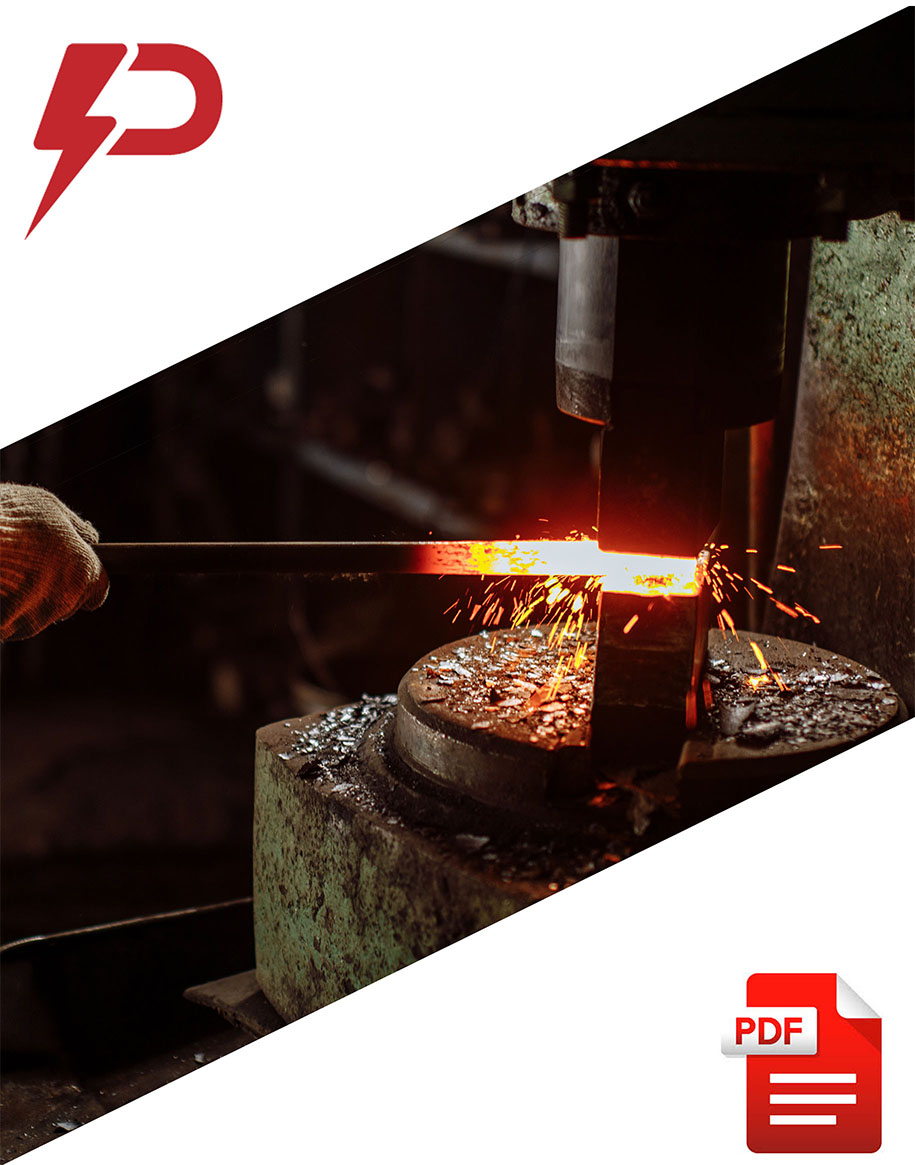Lattice Tower
Lattice Tower, also known as truss tower or angle steel tower, is a freestanding vertical framework structure used for telecommunications, penyiaran, and power transmission. These self-supporting towers provide essential height for antennas, transmission lines, and other equipment that needs elevation. Lattice Towers come in various configurations including three-legged with tubular elements or four-legged with angle steel construction, each optimized for specific load requirements and environmental conditions.
The structure of a Lattice Tower consists of several key components working together to ensure stability and functionality. The base is anchored firmly into the ground, while legs carry the load and provide necessary height. Bracing, formed by a network of diagonal steel beams, connects the legs to add strength and stability to the frame. They can be constructed using steel materials like Q235B or Q345B, with heights ranging from 10m to 100m depending on application requirements. Lattice Towers distribute weight over a greater area than pole-type towers, reducing pressure on foundations and allowing for installation even on rough terrain.
Fitur:
- Modular design allows for last-minute modifications and easy transportation
- Excellent wind resistance with open framework design
- Cost-effective compared to monopoles due to lower material costs
- Supports multiple equipment types without obtrusive secondary steelwork
- Flexible upgrade capacity with proper foundation planning
Pertanyaan yang Sering Diajukan (Pertanyaan Umum)
What are lattice towers used for?
Lattice towers are primarily used for telecommunications, penyiaran, power transmission, and observation purposes. They provide essential height for mounting antennas, transmission lines, and other equipment that requires elevation. Their open framework design offers excellent wind resistance while supporting multiple equipment types without requiring obtrusive secondary steelwork.
What are the standard sizes of lattice towers?
Standard lattice towers range from 10m to 100m in height, with common models at 30m, 40M, 60M, and 80m. Typical base widths range from 3m to 15m depending on height requirements. Sebagai produsen terkemuka, we can custom design towers according to your specific requirements for height, load capacity, dan kondisi lingkungan.
What materials are used to construct lattice towers?
Lattice towers are typically constructed using high-grade steel materials such as Q235B or Q345B. These materials provide the necessary strength while maintaining cost-effectiveness. The steel components undergo hot-dip galvanization according to standards like IS:2629 and IS:4749 to ensure long-term protection against corrosion and environmental damage.
How are lattice towers anchored to the ground?
Lattice towers can be anchored using various methods depending on ground conditions. For soft ground, drive stakes are inserted at 45-degree angles in three different directions. For hard surfaces like concrete or bedrock, wedge anchors are inserted into drilled holes. Guy wires may also be used with expansion eye bolts for additional stability.
What is the difference between a lattice tower and a lattice mast?
In structural engineering, a lattice tower is a freestanding structure that supports itself, while a lattice mast is supported by guy lines or wires. Lattice towers have a broader base and more robust framework to maintain stability without external support, whereas lattice masts rely on tension from the guy lines for stability.
How do lattice towers compare to monopoles in terms of cost?
Lattice towers are generally more cost-effective than monopoles due to lower material costs and simpler manufacturing processes. While monopoles may have aesthetic advantages in urban settings, lattice towers provide better value for applications requiring significant height or heavy equipment loads, especially in rural or industrial environments.
What wind speeds can lattice towers withstand?
Properly designed lattice towers can withstand wind speeds of 120-200 km/h depending on their configuration and installation. Their open framework design allows wind to pass through rather than creating a solid barrier, reducing overall wind pressure on the structure compared to solid towers of similar height.
Are lattice towers tested before shipping?
Ya, each tower undergoes comprehensive testing before leaving the factory. Customers are invited to witness these tests, and a detailed report is included with each shipment. Certification confirming fabrication standards and qualification to industry standards is provided, and all manufacturing is carried out under ISO certification.
What are the main components of a lattice tower?
The main components include the base (anchored into the ground for stability), legs (carrying the load and providing height), bracing (diagonal steel beams connecting legs for strength), and the top section (where equipment like wind turbines, antena, or power lines are mounted).
What shapes are self-supporting lattice towers designed in?
Self-supporting lattice towers, also called lattice towers, are typically designed in either a square or triangular shape. These designs provide the necessary structural integrity while optimizing material usage and wind resistance for communication and transmission applications.
